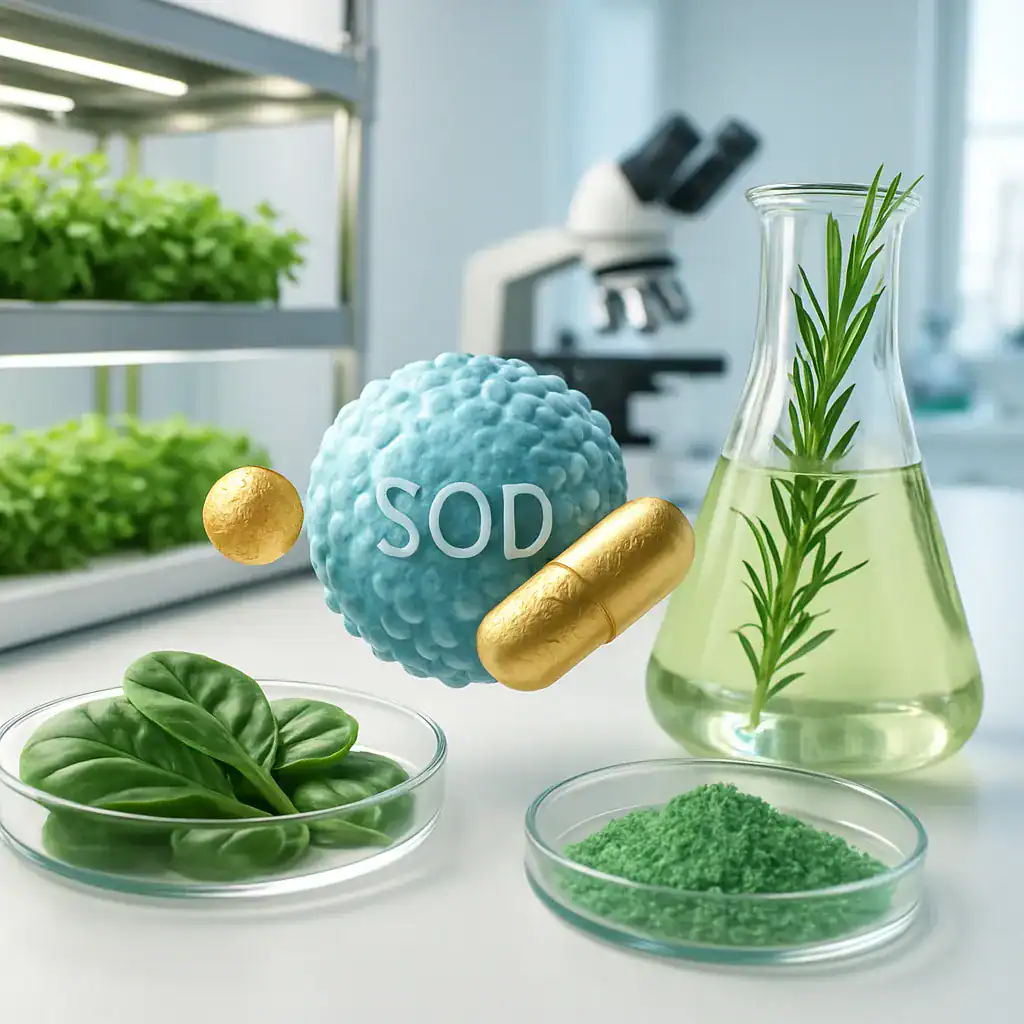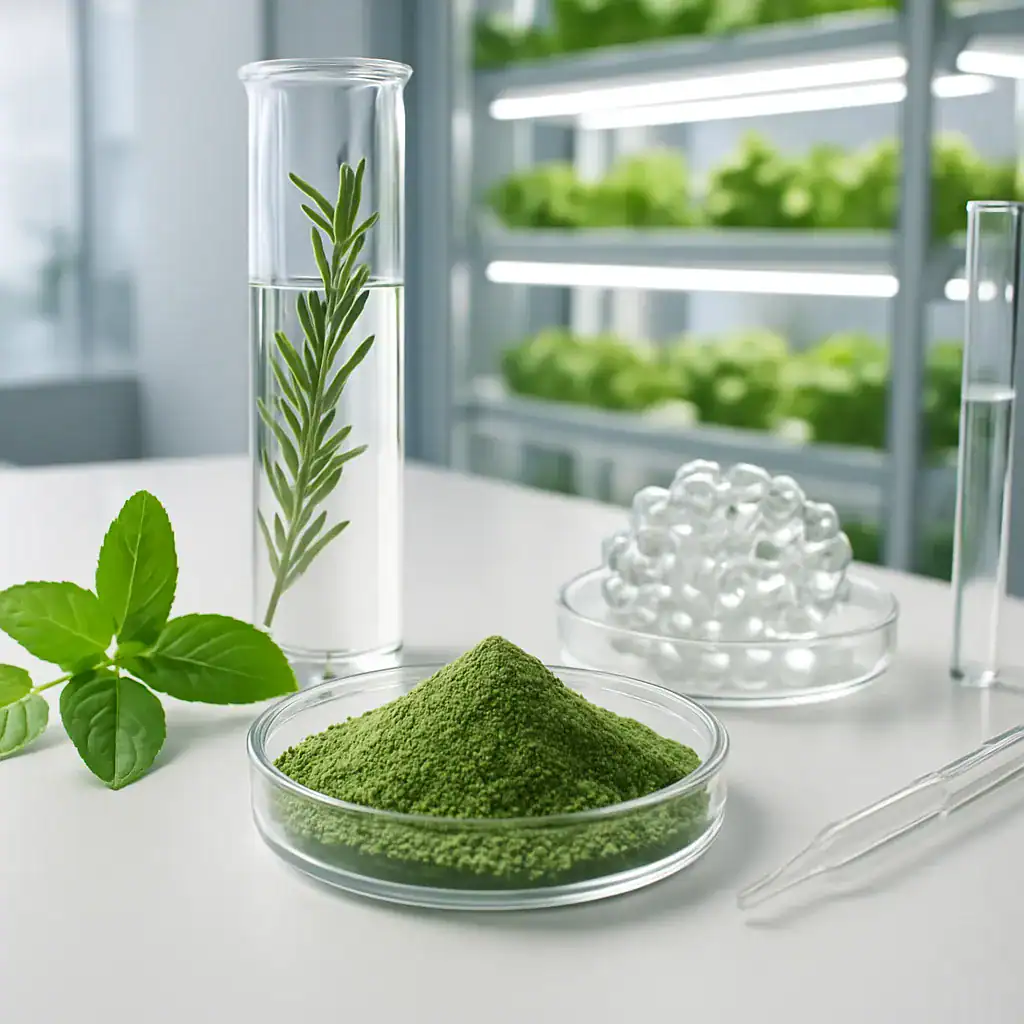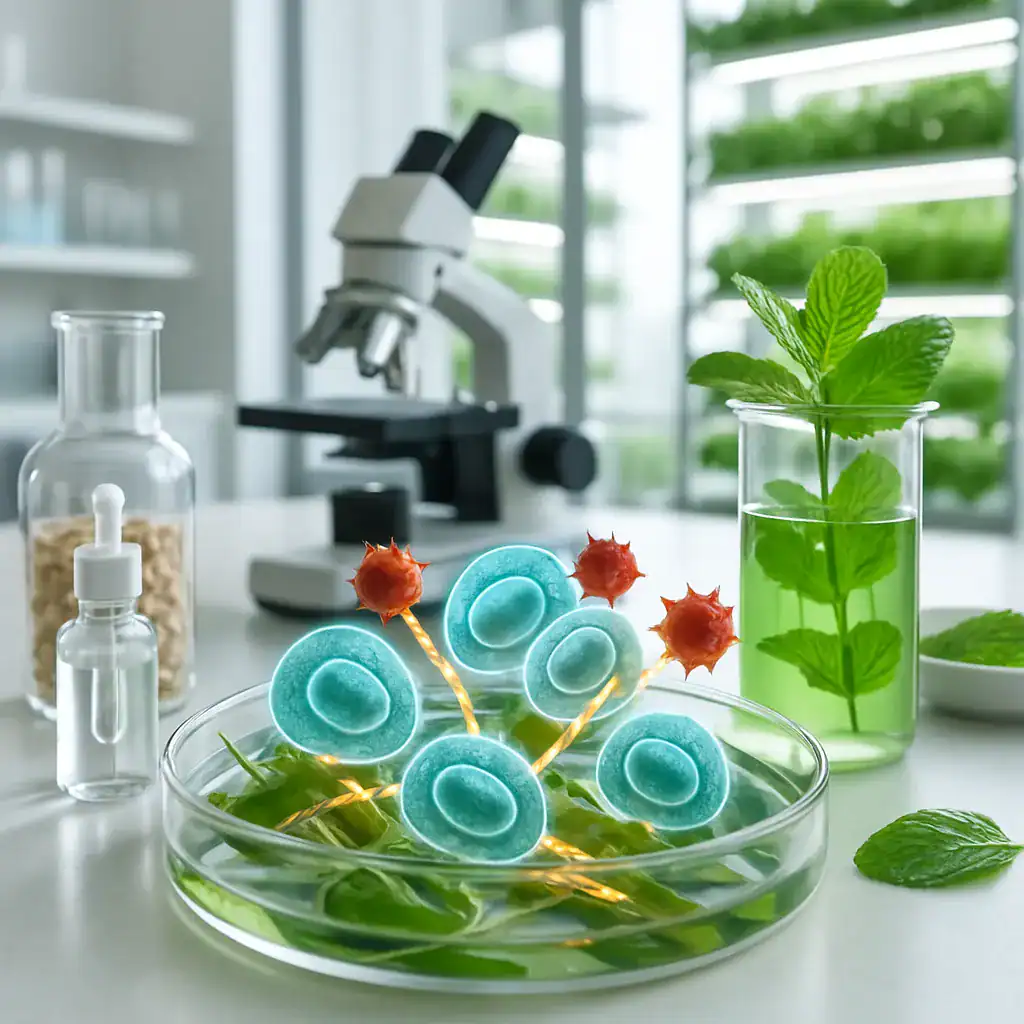Herbal Extracts: Nature’s Concentrated Therapeutic Compounds
Understanding the Power of Botanical Concentrates
Have you ever wondered why that small dropper of herbal tincture can have such profound effects on your wellbeing? That’s the remarkable power of herbal extracts at work. As a specialist in bioactive compounds and nutraceuticals, I’ve seen countless clients transform their health through these concentrated botanical preparations.
Herbal extracts are concentrated forms of medicinal and aromatic plants, where the active components have been separated from the inert plant material. They represent nature’s pharmacy in its most potent form. But they’re not just about tradition—they’re backed by scientific understanding of plant secondary metabolites and their biological effects in humans.
You might recognize them in various forms: liquid extracts, tinctures, solid extracts derived from roots, leaves, or berries. Each extraction method preserves different properties of the original plant, making them complex mixtures with wide-ranging applications. That’s clear, but have you ever considered that the extraction method itself dramatically influences efficacy in terms of bioavailability?
These botanical concentrates are revolutionizing the dietary supplement industry. From supporting healthy sleep to addressing premenstrual syndrome symptoms, herbal extracts deliver plant chemicals in forms that your body can actually utilize. The right herbal extract can be the missing puzzle piece in your health regimen, offering targeted support where synthetic alternatives might fail.
For health practitioners and consumers alike, understanding these natural concentrates opens up new possibilities for supporting a healthy lifestyle through the wisdom of the plant kingdom.
Our Key Areas of Expertise

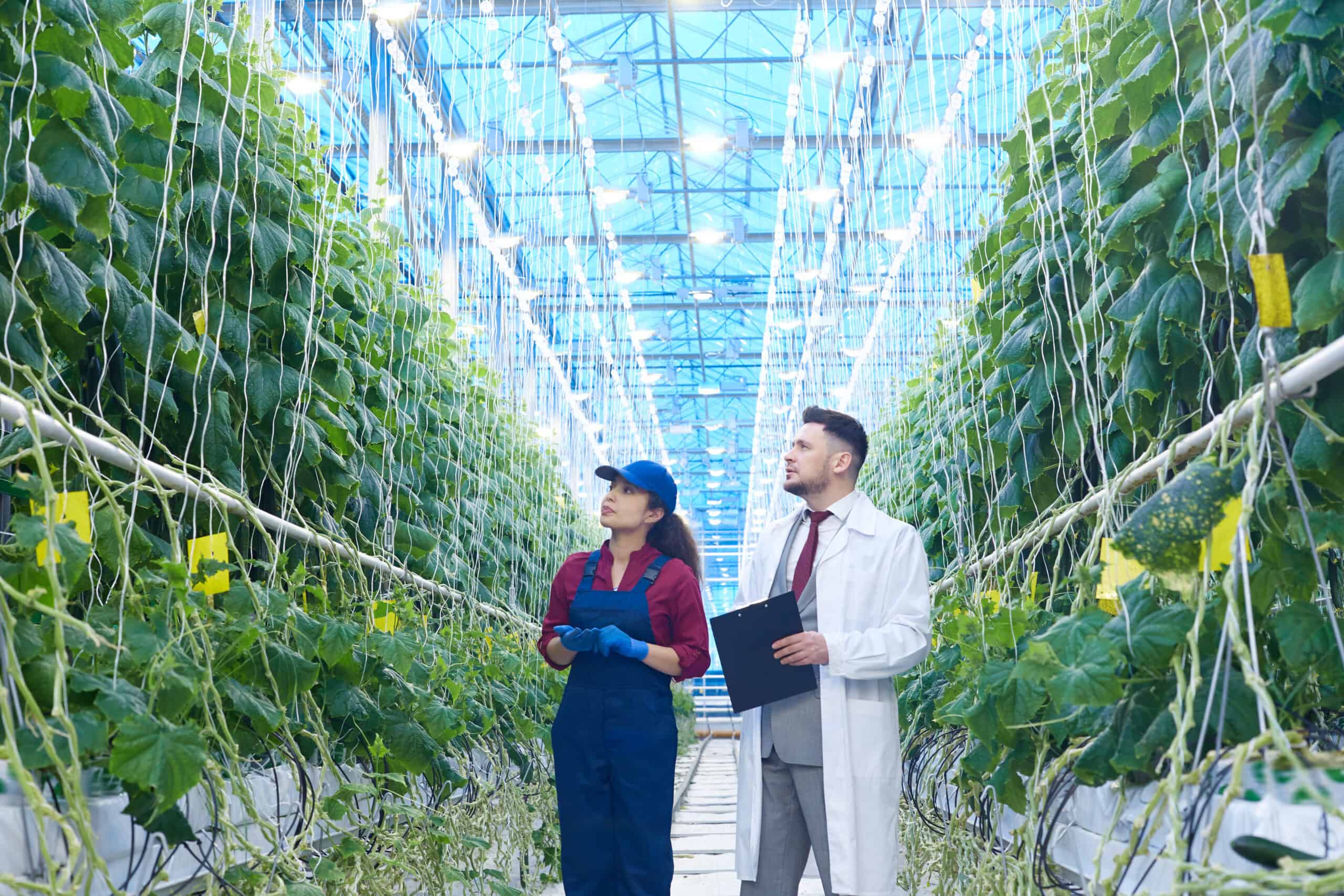

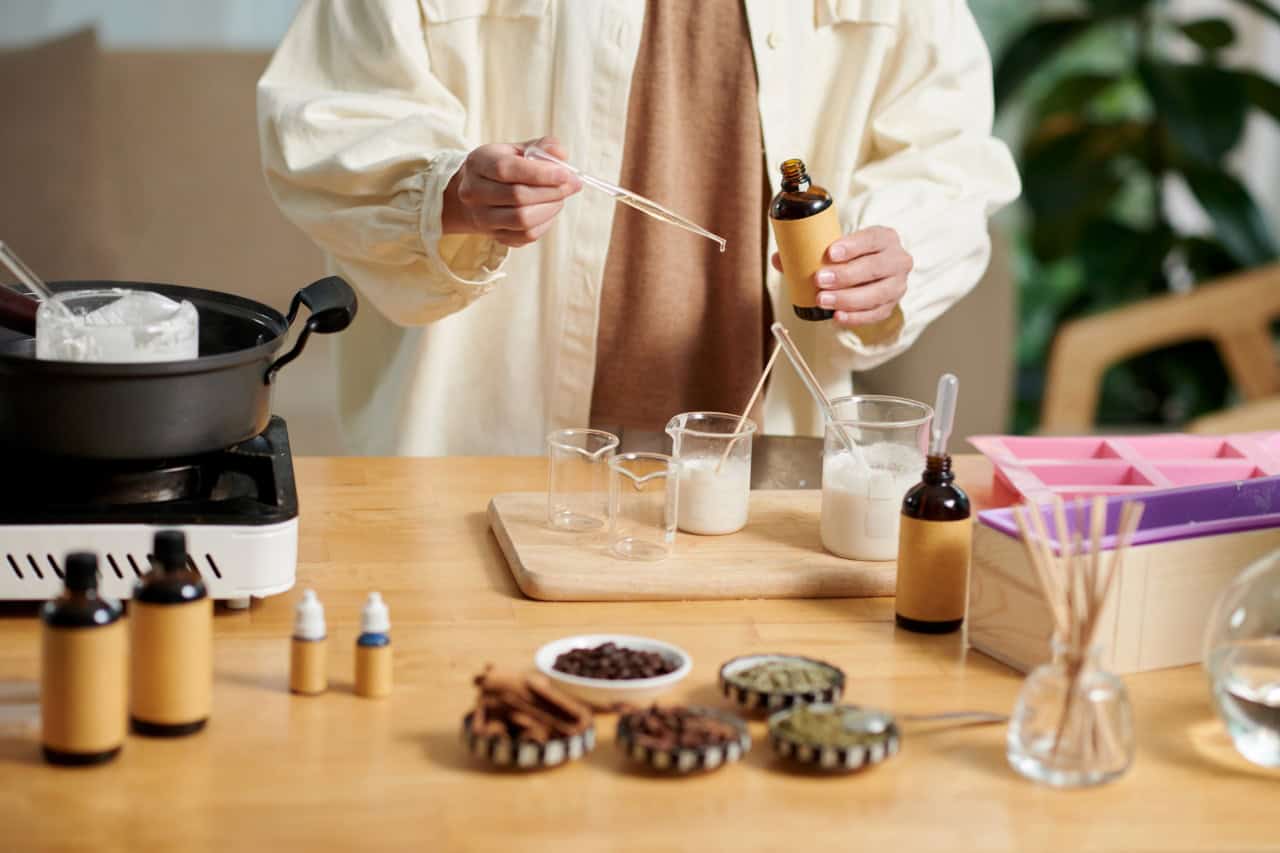
From Plant to Product: The Journey of Herbal Extracts in Modern Nutraceuticals
The Advanced Extraction Continuum: Traditional Wisdom Meets Biotechnology
The transformation of a medicinal plant into a concentrated herbal extract involves sophisticated processes that preserve the plant’s therapeutic essence. When you take that berry extract supplement for antioxidant support, you’re benefiting from both ancient knowledge and cutting-edge extraction science. The journey begins with careful cultivation, where growing conditions directly influence the concentration of active components in the final product.
Modern extraction techniques have evolved far beyond the simple alcoholic tinctures of the past. Today’s methods include:
- Supercritical fluid extraction using CO2
- Ultrasonic-assisted extraction
- Enzyme-assisted extraction
- Microwave-assisted extraction
- Pressurized liquid extraction
Each method offers distinct advantages in preserving the plant chemicals responsible for health benefits. For instance, when extracting compounds with anxiolytic properties, manufacturers must carefully control temperature to prevent degradation of these delicate constituents.
Synergistic Formulations: Beyond Single-Plant Extracts
The true art of herbal extract production lies in understanding botanical synergy. Unlike pharmaceutical isolates, herbal products contain complex mixtures of compounds that work together through multiple pathways. This complexity presents both challenges and opportunities in product development.
Consider this comparison of single-component versus whole-plant approaches:
| Aspect | Single-Component Approach | Whole-Plant Extract Approach |
|---|---|---|
| Target specificity | High | Moderate to high |
| Side effect profile | Often pronounced | Generally better tolerated |
| Resistance development | Common | Less common |
| Synergistic effects | Absent | Present |
| Therapeutic versatility | Limited | Extensive |
When formulating products for neuroprotective effects, manufacturers must preserve this natural synergy while ensuring standardization and potency. The most effective dietary supplements maintain the full spectrum of beneficial compounds rather than isolating single constituents.
Quality Control: Ensuring Efficacy and Safety
The production of premium herbal extracts demands rigorous quality control measures. When you purchase a root extract for addressing specific health conditions, you deserve assurance that it contains precisely what the label claims—in the correct amounts.
Quality assurance in herbal extract production includes:
- Botanical identification using DNA barcoding
- Chromatographic fingerprinting to verify compound profiles
- Heavy metal and microbial contamination screening
- Pesticide residue analysis
- Stability testing under various storage conditions
These measures ensure that when you take that herbal tincture for its behavioral effects, you’re receiving a product with consistent bioactivity batch after batch.
Bioavailability Enhancement: The Nanodelivery Revolution
One of the greatest challenges in herbal extract efficacy relates to bioavailability—how effectively your body can absorb and utilize the active compounds. Traditional extracts often contain components that are poorly absorbed through conventional delivery methods.
This is where innovations like PhNóva’s Exosomes-Nutra technology create a quantum leap forward. By utilizing plant-derived exosomes and natural products delivery systems, these advanced extracts dramatically improve:
- Cellular uptake of compounds with inhibitory properties
- Passage through the blood-brain barrier for anxiolytic effects
- Targeted delivery to specific tissues
- Protection of sensitive compounds from digestive degradation
- Extended circulation time for sustained action
For consumers seeking support for memory performance, these delivery innovations mean that lower doses can achieve greater results with fewer unwanted effects.
Sustainable Sourcing: The Vertical Farming Advantage
The environmental footprint of herbal extract production has traditionally been significant. Wild harvesting or conventional cultivation of medicinal plants often leads to habitat destruction and quality inconsistencies.
Vertical farming represents the future of sustainable herbal supplements production, offering:
- Year-round cultivation regardless of climate
- Standardized growing conditions for consistent phytochemical profiles
- Dramatic reduction in water usage and land requirements
- Elimination of pesticides and environmental contaminants
- Protection of endangered medicinal plant species
When you choose extracts from vertically farmed botanicals, you’re supporting production methods that align with evolutionary terms of sustainability while receiving products with superior purity and potency.
Sensory Optimization: Making Efficacy Palatable
Even the most beneficial herbal extract provides no value if consumers can’t tolerate its taste or smell. Many plant compounds with powerful physiological effects have intensely bitter or otherwise unpleasant sensory profiles.
Advanced formulation techniques address this challenge through:
- Microencapsulation technologies
- Complexation with cyclodextrins
- Strategic use of natural flavor masking agents
- Targeted delivery systems that bypass taste receptors
- Novel dosage forms that minimize sensory exposure
These approaches ensure that when you recommend an extract with known beneficial effects to address a specific concern, patient compliance won’t be undermined by poor palatability.
R&D Consultancy
Discover how PhNóva’s R&D Consultancy can help transform your idea into a market-ready solution — with expert support in formulation, regulatory compliance, and innovative delivery systems to give your product a competitive edge.
FAQ's about Herbal Extracts: Nature’s Concentrated Therapeutic Compounds
What are the differences between liquid extracts and solid extracts?
Liquid extracts contain active plant compounds dissolved in a solvent (typically alcohol, glycerin, or water), offering rapid absorption and easy dose adjustment. Solid extracts are concentrated forms where solvents have been evaporated, leaving behind powders or semi-solid materials with higher potency and longer shelf life. The choice between forms depends on:
- Desired absorption rate
- Storage considerations
- Specific application needs
- Compound stability requirements
How do berry extracts provide antioxidant properties?
Berry extracts are rich in polyphenols, anthocyanins, and other phytochemicals that neutralize free radicals through multiple mechanisms. These compounds donate electrons to stabilize reactive oxygen species while activating your body’s endogenous antioxidant enzymes like superoxide dismutase. The resulting antioxidant properties help protect cellular components from oxidative damage, support mitochondrial function, and maintain DNA integrity. This protection is particularly valuable for cardiovascular health and cognitive function preservation.
Can herbal extracts have genuine anxiolytic effects?
Yes, certain herbal extracts demonstrate clinically significant anxiolytic effects through interaction with neurotransmitter systems. Compounds from plants like Passionflora incarnata, Valeriana officinalis, and Melissa officinalis modulate GABA receptors, similar to pharmaceutical anxiolytics but with better safety profiles. These extracts can:
- Reduce situational anxiety
- Improve stress resilience
- Support healthy sleep architecture
- Promote relaxation without sedation
Research confirms effectiveness in both acute and chronic anxiety states.
Are neuroprotective properties of plant extracts scientifically validated?
Substantial evidence supports the neuroprotective properties of select plant extracts. Compounds like flavonoids, terpenoids, and alkaloids from medicinal plants demonstrate multiple mechanisms including antioxidant defense, anti-inflammatory action, and mitochondrial support. Clinical studies show extracts from Ginkgo biloba, Bacopa monnieri, and Withania somnifera can enhance memory task performance, protect neuronal integrity, and support cognitive resilience with aging. These benefits are attributed to their ability to modulate neurotrophic factors and reduce excitotoxicity.
What extraction methods best preserve plant secondary metabolites?
The optimal extraction method depends on the specific plant secondary metabolites targeted. Supercritical CO2 extraction excels for lipophilic compounds while maintaining their structural integrity. Hydroethanolic extraction effectively preserves water-soluble components. Temperature-sensitive compounds benefit from cold maceration techniques. Modern pulsed electric field methods can enhance yield while preserving delicate constituents. Each approach offers different selectivity profiles, influencing the final extract’s composition and therapeutic profile.
How do herbal tinctures differ from other extract forms?
Herbal tinctures are specifically liquid extracts made with alcohol as the primary solvent (typically 25-95% ethanol). This distinguishes them from glycerites (glycerin-based), vinegars (acetic acid-based), or hydroalcoholic extracts (water-alcohol mixtures). Tinctures excel at extracting both water and alcohol-soluble compounds, resulting in broader phytochemical profiles. Their advantages include:
- Extended shelf stability (3-5 years)
- Rapid sublingual absorption
- Easy dose titration
- Preservation of volatile compounds
What factors determine the efficacy of root extracts?
The efficacy in humans of root extracts depends on multiple factors including the plant species, harvesting time, root age, and post-harvest handling. Roots harvested before flowering often contain higher concentrations of certain medicinal compounds. Proper drying at controlled temperatures preserves thermolabile constituents. The extraction solvent polarity must match target compounds, and standardization to marker compounds ensures batch-to-batch consistency. Processing techniques that preserve natural enzyme systems can enhance bioactivity.
Get in Touch with PhNóva
Have questions or need expert guidance? Contact us today — our team is ready to assist you with tailored solutions for your formulations.

20/03/2025



